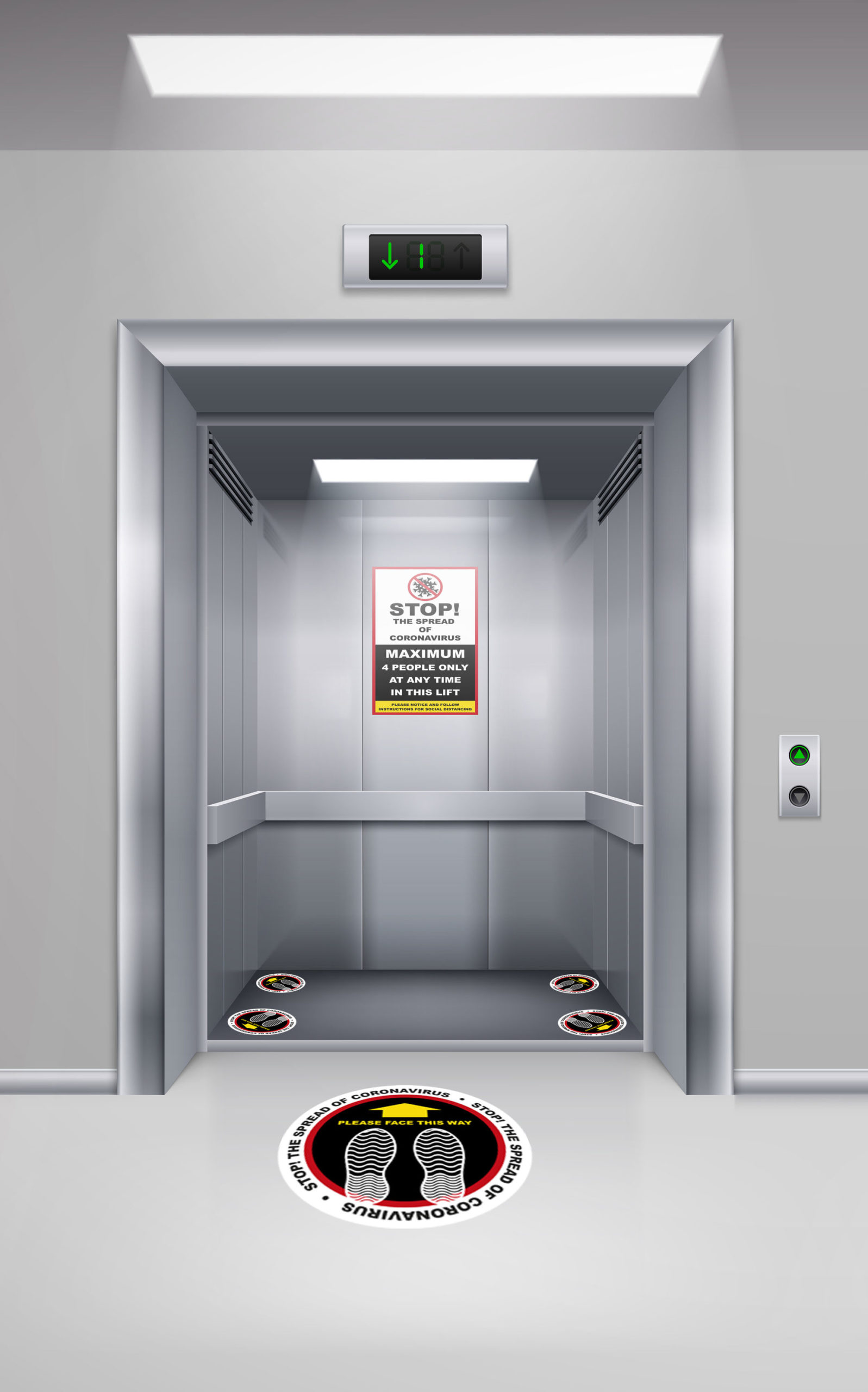Top Lift Companies in London: Offering Quality Installations and Upkeep
Top Lift Companies in London: Offering Quality Installations and Upkeep
Blog Article
Looking Into the Globe of Lifts: Usual Concerns Faced by Numerous Lift Devices
As we browse through the vertical transport systems of contemporary buildings, lifts stand out as a crucial component of our daily lives. From hydraulic elevators to traction systems and machine-room-less designs, each lift type comes with its collection of usual problems.
Hydraulic Elevators
Hydraulic elevators, typically chosen for low-rise structures, use fluid pressure to control the activity of the elevator car (lift repair companies). This mechanism involves a hydraulic pump pushing oil right into a cyndrical tube, creating the elevator to relocate the wanted direction. While hydraulic lifts are understood for their silent and smooth operation, they do feature their own collection of typical issues
One widespread issue with hydraulic elevators is oil leakage. Furthermore, problems with the control system, such as damaged valves or a malfunctioning pump, can create disturbances in the elevator's movement.
Normal upkeep and punctual repairs are necessary to guarantee the smooth functioning of hydraulic lifts. By attending to these typical concerns proactively, structure proprietors can lessen downtime and guarantee the safety and security and effectiveness of their upright transport system.
Grip Lifts
When considering upright transport systems in buildings, another typical type in addition to hydraulic lifts is the traction elevator. Traction lifts run utilizing a system of ropes and weights that relocate the elevator cars and truck by gripping onto the hoist ropes. This mechanism allows for smoother and quicker upright transportation contrasted to hydraulic systems.
One of the usual concerns encountered by grip elevators is rope wear. The constant movement of the ropes within the grip system can result in tear and wear with time, potentially creating the lift to breakdown or become unsafe for usage. Regular examinations and maintenance of the ropes are necessary to make certain the lift's appropriate functioning and safety.
One more concern that traction elevators might encounter is associated with the control system. Problems with the control system can bring about issues such as irregular motion, delays in action times, and even complete closures. Routine testing and maintenance of the control system are vital to avoid such problems and ensure the lift's integrity.
Machine-Room-Less (MRL) Lifts

Among the essential parts of MRL elevators is the compact gearless traction equipment that is set up within the hoistway. This maker efficiently drives the elevator vehicle without the need for bulky devices located in traditional traction elevators. In addition, MRL image source elevators commonly use a weight system to stabilize the vehicle, further improving their energy performance.
In spite of their benefits, MRL elevators may encounter obstacles associated with maintenance and repair service as a result of the confined space for devices installment. Ease of access for servicing elements within the shaft can be limited, needing specialized training for professionals. Proper upkeep timetables and routine examinations are critical to guarantee the continued smooth procedure of MRL lifts.
Overloading and Weight Limit Issues
Straining and weight limitation issues are vital worries in elevator operations. Elevator suppliers style raises with particular weight abilities to make sure traveler safety and tools durability.
When elevators are overwhelmed, it places too much check out here pressure on the electric motor, cable televisions, and various other parts, possibly causing malfunctions or breakdowns. If they detect excess weight, safety devices such as sensing units and overload sensors are in location to avoid lifts from relocating. Furthermore, exceeding weight limits can cause enhanced energy intake and damage on the lift system.
To minimize overwhelming issues, developing supervisors should prominently present weight limitations in lifts and enlighten residents on the value of sticking to these limitations - lift repair companies. Regular upkeep checks by certified service technicians can additionally aid guarantee that elevators are operating within risk-free weight criteria. By addressing overloading and weight restriction concerns proactively, structure proprietors can boost elevator security and efficiency
Electrical System Failings
Going beyond weight limitations in elevators can not only lead to mechanical concerns however likewise possibly contribute to electric system failings within the lift infrastructure. Electrical system failures are a crucial problem in elevator operation, as they can create unforeseen closures, malfunctions, and even security hazards. One usual electrical problem is the getting too hot of components as a result of too much present flow brought on by straining the elevator beyond its ability. This can view it cause damage to the electric motor, control, or electrical wiring systems, causing expensive repair services and downtime.
Furthermore, power rises or fluctuations in the electric supply can also interfere with the elevator's procedure, impacting its performance and safety and security. These electric disturbances can damage delicate lift parts such as control board, motherboard, or sensing units, causing system failings. Normal maintenance and examinations are important to recognize and resolve potential electrical problems without delay, making certain the risk-free and efficient operation of elevator systems. By adhering to weight restrictions and conducting regular electrical system checks, building owners can mitigate the danger of electric failures in lifts.
Conclusion

Hydraulic lifts, usually chosen for low-rise structures, utilize fluid stress to regulate the activity of the lift automobile.When thinking about vertical transportation systems in structures, an additional usual type aside from hydraulic elevators is the grip elevator. Grip lifts run using a system of ropes and counterweights that move the lift vehicle by clutching onto the hoist ropes. Unlike standard lifts that need a separate machine room to house the tools, MRL lifts incorporate many of the parts within the shaft, getting rid of the need for a dedicated machine room.In conclusion, lifts face typical concerns such as hydraulic breakdowns, grip system failures, and electrical system troubles.
Report this page